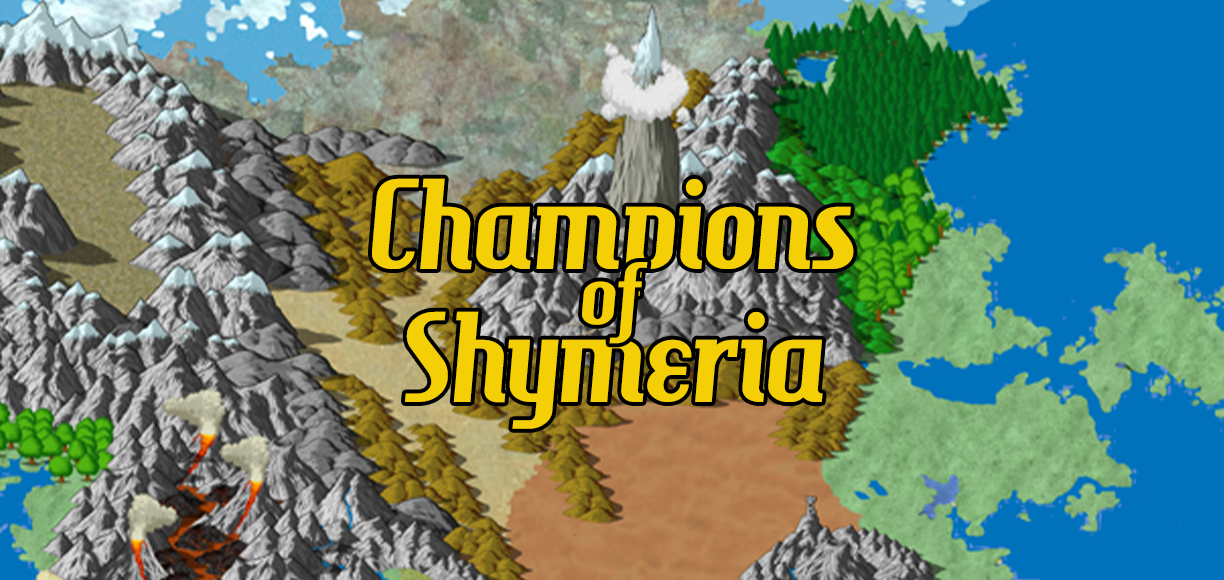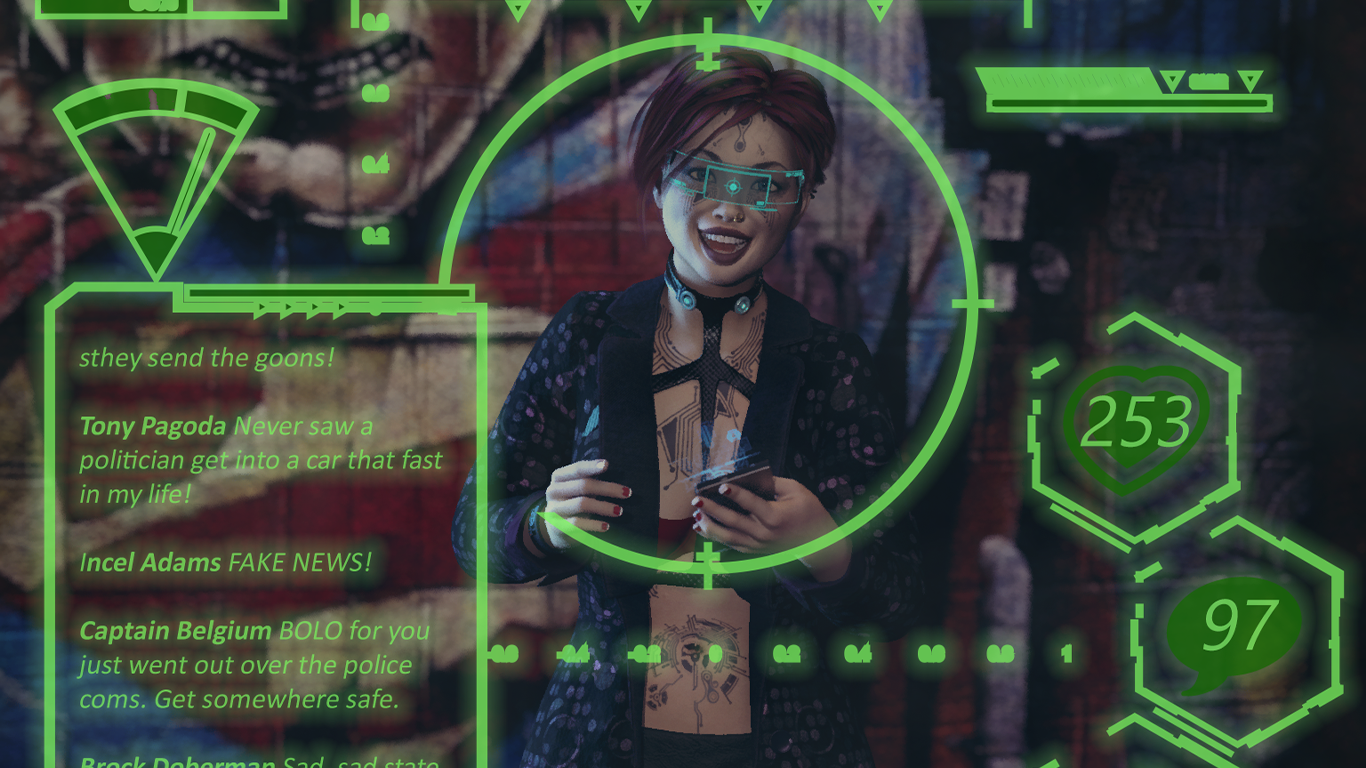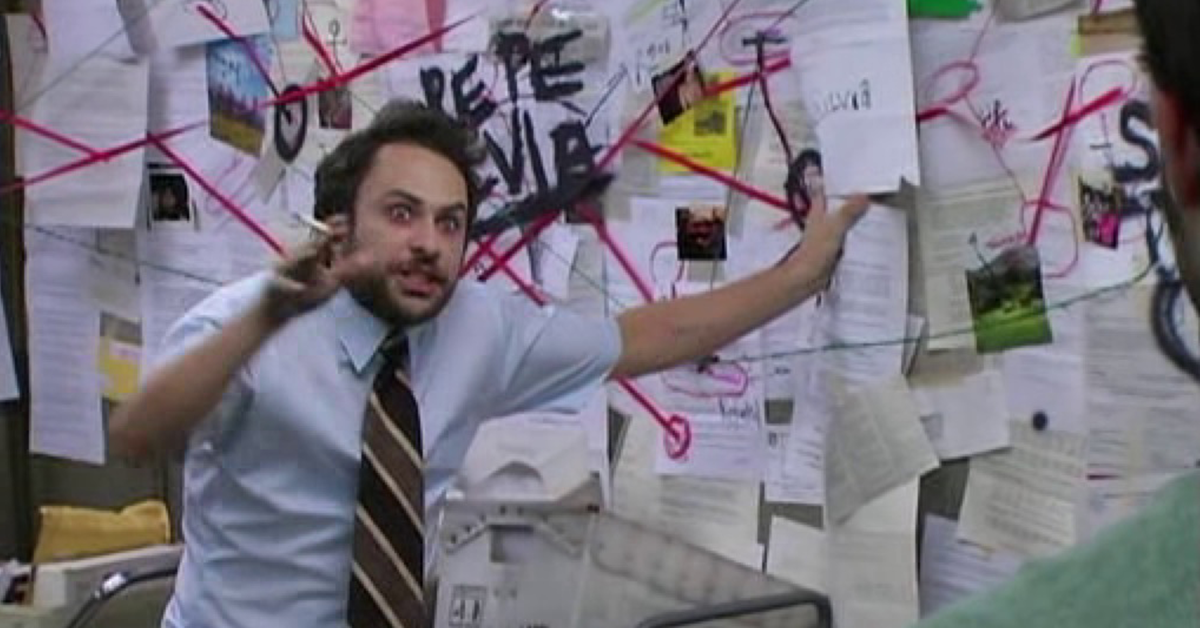We may earn money or products from the companies mentioned in this post.
By this point, you’ve got the “big idea” stuff about your ficton figured out. You know the basics of the setting, have some ideas for plot points, know who the characters are, and have some stock adventure ideas to get thing moving. If you’re halfway good at improvisation, you can probably run a session of the game now. Still, there are a handful of other things that it’s best to put together before the game starts.
Recurring Characters
Unless the game premise involves the party drifting into a new town each week like an 80s TV hero, there are probably some NPCs who will show up in the game again and again. For Guardians of Shymeria, there will be other Guardians (especially a “boss” type Guardian who sends the PCs on missions), recurring villains (like Dober-Man, Leapin’ Lizard, and Maskadon), and probably some assorted shopkeepers, minions, and innocent bystanders who the PCs run into in and around their home base. Some of the PCs may also have recurring NPCs built into their characters (like the other knights in Sir Uriel’s Order). If you’ve got any standard NPC types who will show up regularly (like Demonlings or other assorted footsoldiers), you should include them in your list of recurring characters.For a game like Guardians of Shymeria, you might also want to come up with a bunch of characters with Toy Gimmicks and relevant dumb names who can be slotted into any role where you need an action figure-worthy character.
When you’re developing your recurring characters, don’t go overboard. You don’t need complete stats for every character in the world. Characters who exist mostly to give the PCs orders, take orders from the PCs, sell stuff, or provide useful information or exposition just need a name, Role, and personality. Characters who play a bigger role in the story may need a bit more depth, but it’s often best to let the finer points crop up naturally during play. Save full-blown stat write-ups for those who will be fighting the PCs or joining them on adventures.
Recurring Locations
You should also come up with some basic information about the places that will show up regularly, especially the town or neighborhood where the PCs are based, with more details for the specific places where the PCs spend a lot of their time: the Guardians headquarters, the characters’ favorite bar, that kind of thing. If maps help you, draw them. If a general feel for the place is more useful, come up with some telling details and colorful characters that will help you bring the place to life. Again, don’t go overboard. You don’t need to know what every building in town is, just the ones that you know or strongly suspect the PCs will visit. Leave some things undefined so you can add new stuff as needed. Coming ups with a couple of odd or interesting landmarks, locations, fun facts, or local traditions that suggest a story but are unlikely to become plot points (maybe the plaza near the weaponsmith’s shop features a fountain covered in shark reliefs and statues or people think it’s bad luck to play darts on Thursdays) often make the place seem more real.
Recurring Stuff
You probably already figured out how the PCs’ stuff works when you created characters, but most game worlds feature technology, equipment, magical items, drugs, creatures, and other stuff that’s likely to appear frequently even if the PCs don’t carry it around with them. Like with characters and places, don’t worry about being comprehensive. Just work out the details for the stuff the characters are likely to encounter early in the game or on a regular basis. For Guardians, this would include Light Blades, ray guns, and other common technology or magical items (healing potions, for example).
The First Adventure
The first adventure needs to hook the players, so you should give it some thought. The first session needs to establish the setting, introduce important recurring characters and concepts, and give the players a chance to settle into their characters and the group dynamic. It’s best to keep the adventure very simple and straightforward so it can serve as a backdrop to all the introductions. Use a stock plot, but flesh it out well enough that you can run it without getting stumped or having to stop to figure things out. Try to stick to situations where the game mechanics required are simple and straightforward, especially if the players are new to the game system; the first session should be about learning the basics, like how to make ability rolls or how combat works. Make sure the adventure is exciting with lots of cool set pieces and enemies, but leave some room for breaks in the action where the players can learn about the characters and poke around the sandbox. Don’t try anything fancy in the first session. They’ll be plenty of time for that later.
Lists and Tables
Finally, you’ll want to come up with some things to make your job easier during actual play. The need for some of these, like tables of wild magic effects or random monsters, will be obvious because of character choices or ficton rules. Others (maybe even most) are more about your own strengths and weaknesses. If you’re bad at coming up with names, create a list of names in advance. If you have a mental list of monsters you want to include, write them down so you can roll or check the list when you need something for the characters to fight. During the playtests for Guardians of Shymeria, I noticed that my weakness is coming up with interesting ancient sci-tech city ruins. Every place the characters went ended up being either a stock D&D style dungeon or a boring modern building pretending not to be. Before I run the game again, I need to watch some sci-fantasy cartoons, look at a shitload of Luis Royo art, and maybe read some Dying Earth books to come up with some hooks and set pieces to give my ruined cities the proper feel.
Unless I think of something I missed, that concludes the walk-through. I’d originally planned to have the Guardians of Shymeria Elevator Pitch ready to post along with the final installment of this series. Unfortunately, I made the mistake of doing it in the middle of con season, so I haven’t had a chance to write the Elevator Pitch in between posts like I originally planned. When I get it finished up, I’ll post it with the others and provide a link here. Next week, something new.





